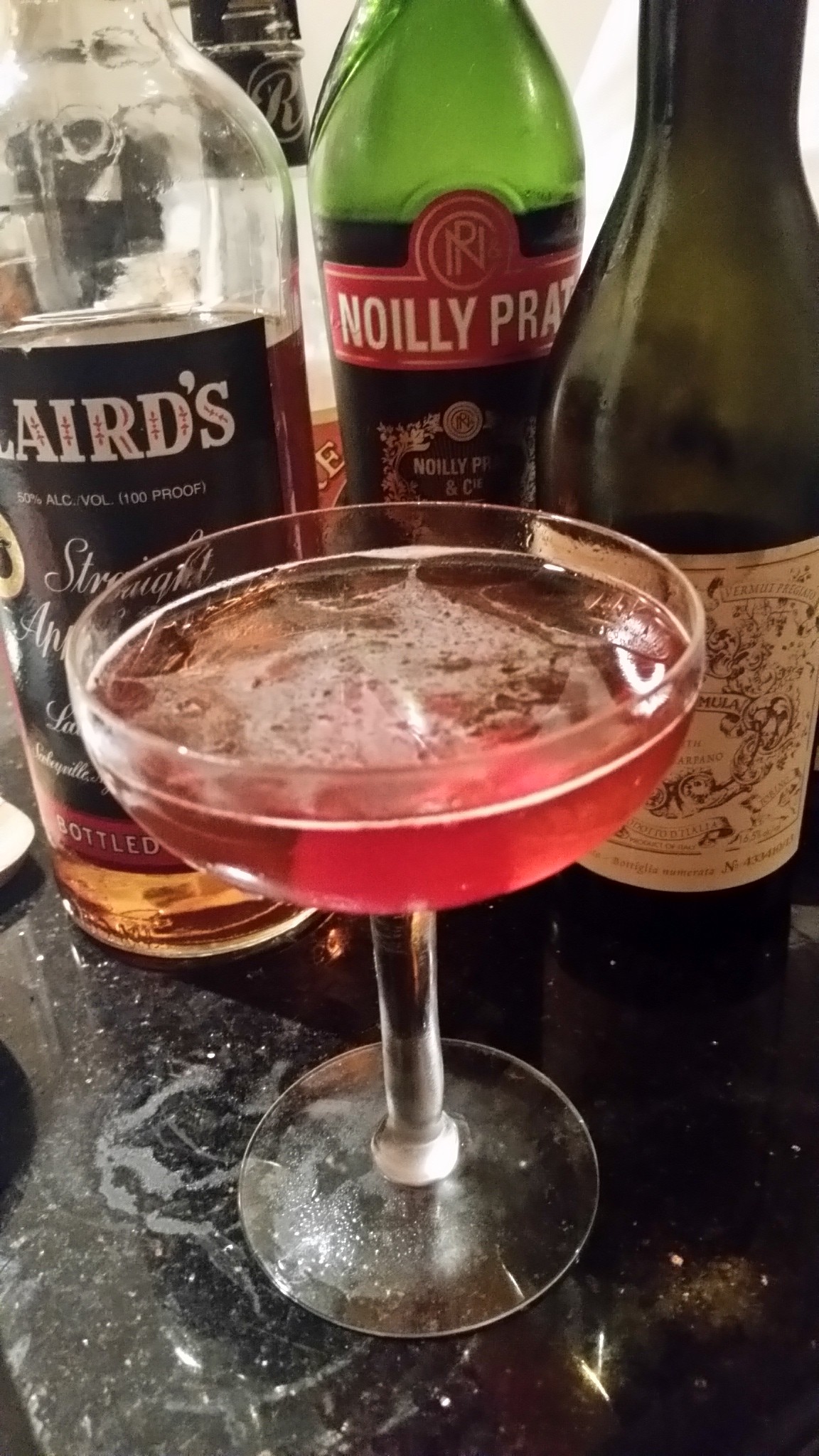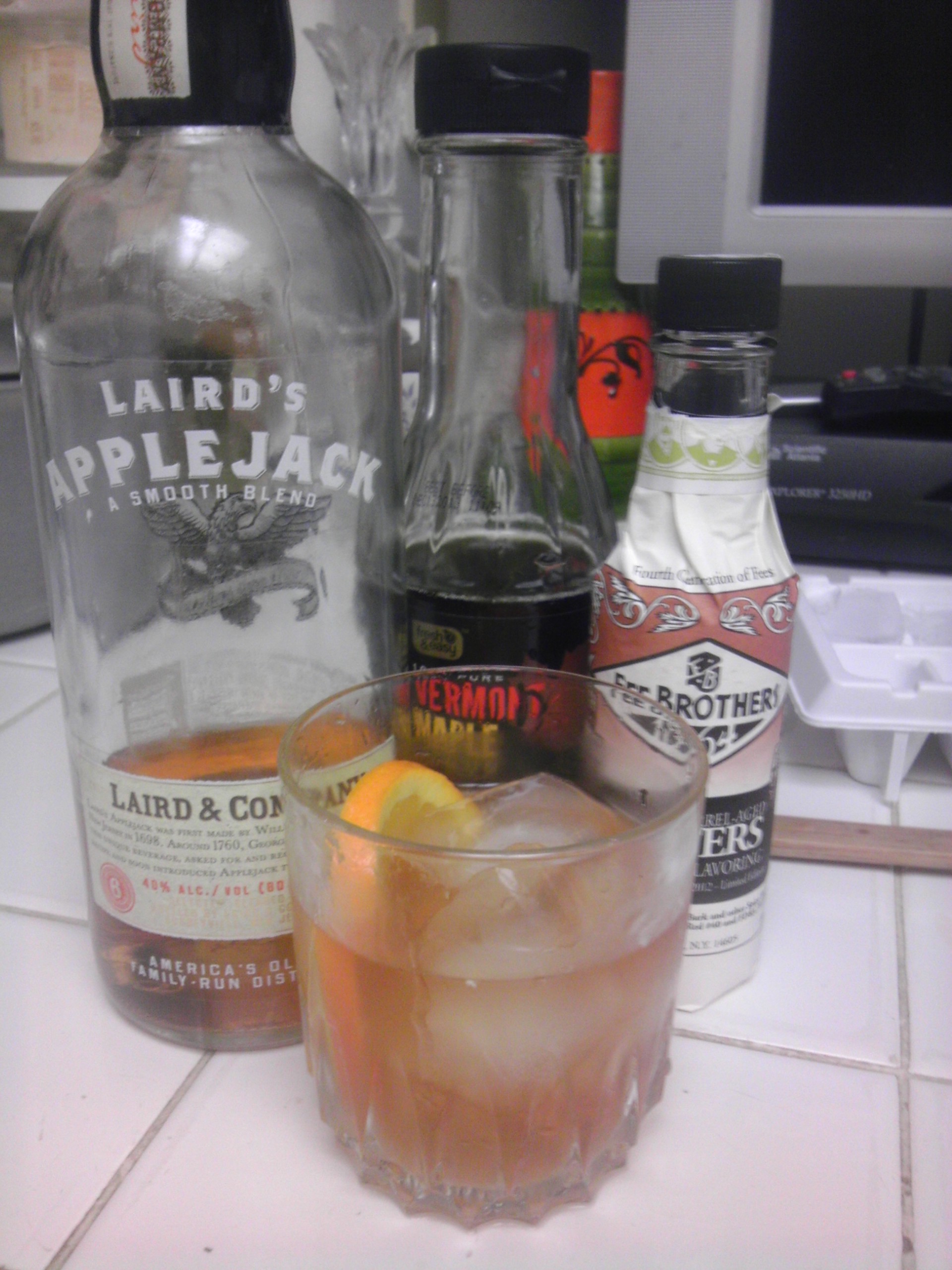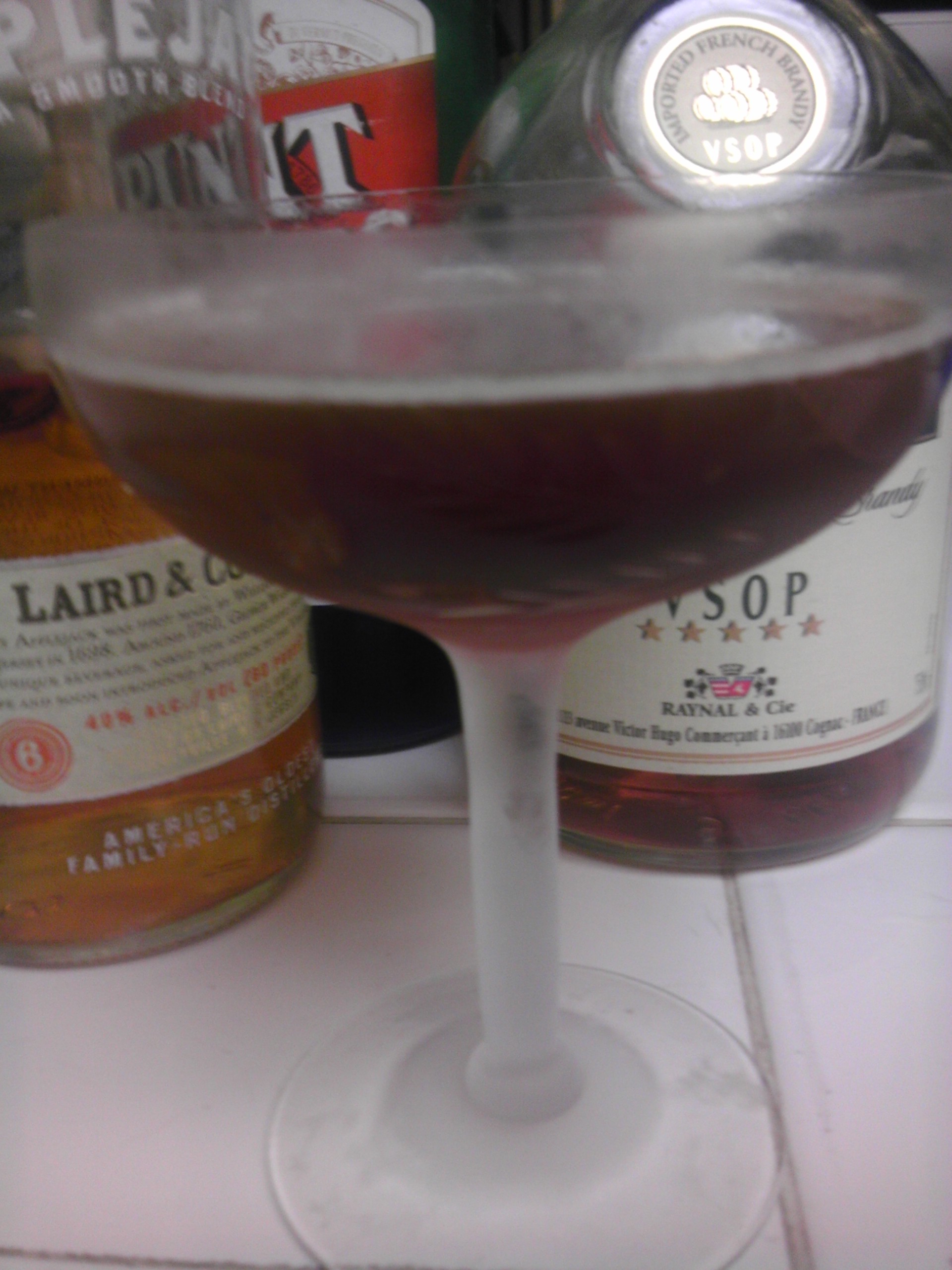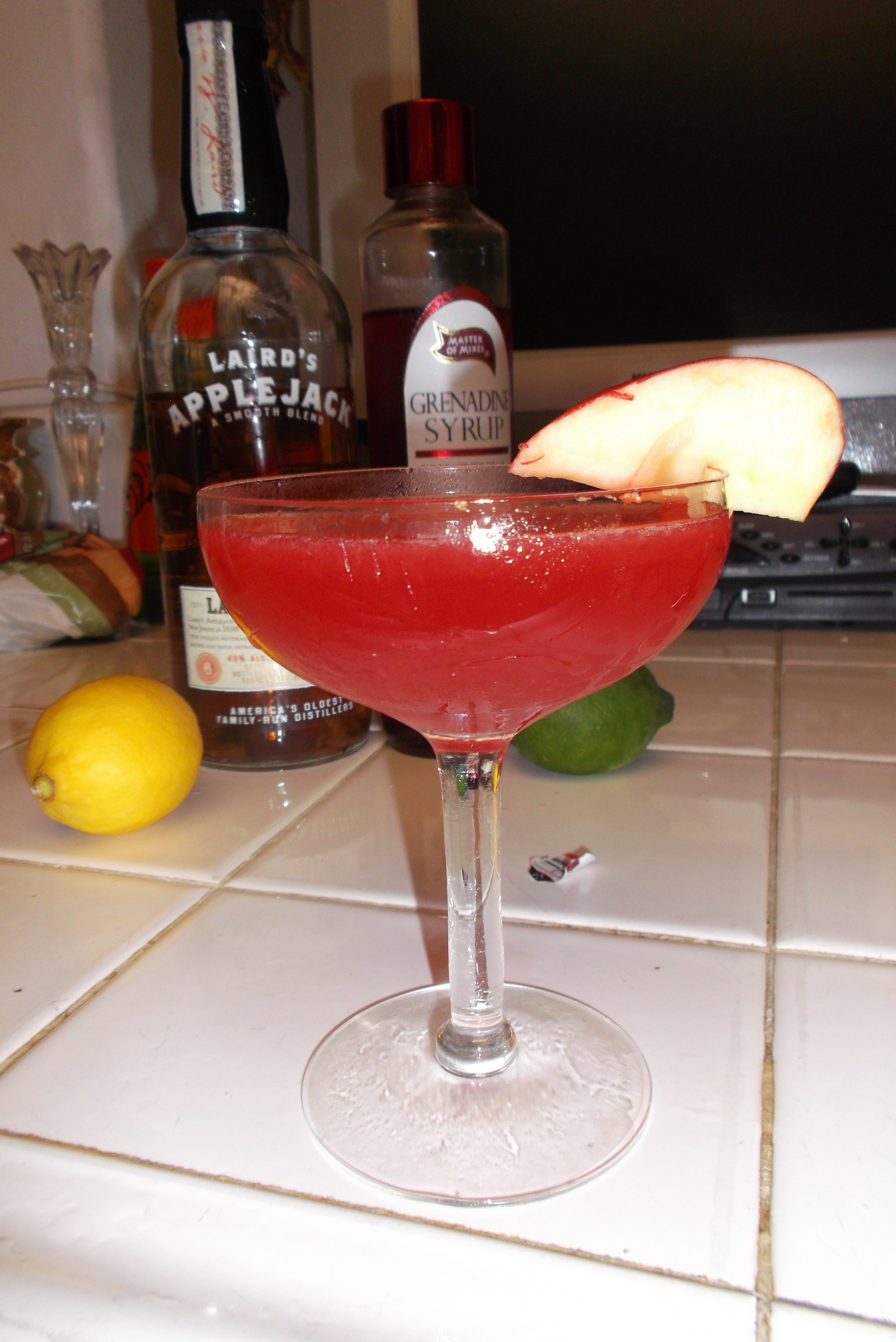Drink of the Week: The Marconi Wireless
 I’m fond of quoting Arthur C. Clarke’s famous truism that any sufficiently advanced technology will be indistinguishable from magic. Well, despite a pretty good K-12 and college education courtesy of the great state of California, I’ll never quite understand in any visceral way how sound and images can be transmitted literally through the air. Yes, even old-fashioned low-tech radio seems like magic to me.
I’m fond of quoting Arthur C. Clarke’s famous truism that any sufficiently advanced technology will be indistinguishable from magic. Well, despite a pretty good K-12 and college education courtesy of the great state of California, I’ll never quite understand in any visceral way how sound and images can be transmitted literally through the air. Yes, even old-fashioned low-tech radio seems like magic to me.
Indeed, wireless radio transmission must have seemed quite a magical miracle in the early 20th century and certainly worthy of its own cocktail. You can nevertheless argue that inventor Guglielmo Marconi was shortchanged in the mixed drink department because his liquid memorial is actually, like last week’s Añejo Manhattan, a pretty direct lift of one of boozedom’s most basic cocktails, albeit with just a couple of very simple alterations.
It’s the difference in base spirits that drew my attention in this case. The Marconi Wireless replaces Manhattanite whiskey with applejack, the apple brandy that appears to be America’s first truly indigenous spirit. Having just bought myself perhaps the most authentic of the very few remaining applejack products on the market, I was definitely raring to give this one a try. It might not be as masterful a cocktail as the Jack Rose, but it’s super easy to make and will tantalize the tired tastebuds of even fairly jaded cocktail snobs.
The Marconi Wireless
2 ounces applejack
1 ounce sweet vermouth
1-2 dashes orange bitters
1 cocktail cherry (desirable garnish)
Combine the liquid ingredients in a cocktail shaker or mixing glass. Shake or stir vigorously as you prefer, and strain into a cocktail shaker. I guess you have no choice but to toast Signor Marconi who, after all, made mass entertainment as we know more or less still know it possible.
****
I usually like to try at least two different brands of my base spirit but sadly there’s basically one brand of American apple brandy on the market, and it’s Laird’s. I used their 80 proof blended applejack on the Jack Rose and was quite delighted with the results. However, I’ve been meaning to try out their 100 proof unblended Laird’s Straight Apple Brandy and it’s definitely even better, especially if you don’t mind a little alcoholic burn. (Apart from a regional brand, also manufactured by Laird’s, called Captain Applejack which may or may not be identical to Laird’s, the only real competition to applejack is France’s apple brandy, Calvados.)
On the other hand, I was able to mess around a bit with my vermouths. As you might expect, the solid and popularly priced Noilly Pratt produced a simple yet sophisticated result while the more expensive and voguish Carpano Antica added a more complex, bitter bass note to this fine Manhattan transfer.
You can follow us on Twitter and Facebook for content updates. Also, sign up for our email list for weekly updates and check us out on Google+ as well.

 I mentioned
I mentioned  Yes, we’ve been down this road before at DOTW, but our vehicle has had parts of its engine replaced. First, we covered the
Yes, we’ve been down this road before at DOTW, but our vehicle has had parts of its engine replaced. First, we covered the  Considering I’ve never noticed it on a menu, and never tried it myself until about a week ago, there’s a really good chance you’ve never had yourself a Jack Rose. In fact, this once standard drink might now be completely forgotten were it not for assorted mixed beverage historians and its appearance in two famed books: a walk-on in Ernest Hemingway’s ultra-boozy depressive classic, The Sun Also Rises, and a leading role as one of the six basic cocktails featured in David Embury’s 1948 The Fine Art of Mixing Drinks. That Embury could place this now obscure beverage alongside such ur-cocktails as
Considering I’ve never noticed it on a menu, and never tried it myself until about a week ago, there’s a really good chance you’ve never had yourself a Jack Rose. In fact, this once standard drink might now be completely forgotten were it not for assorted mixed beverage historians and its appearance in two famed books: a walk-on in Ernest Hemingway’s ultra-boozy depressive classic, The Sun Also Rises, and a leading role as one of the six basic cocktails featured in David Embury’s 1948 The Fine Art of Mixing Drinks. That Embury could place this now obscure beverage alongside such ur-cocktails as 








